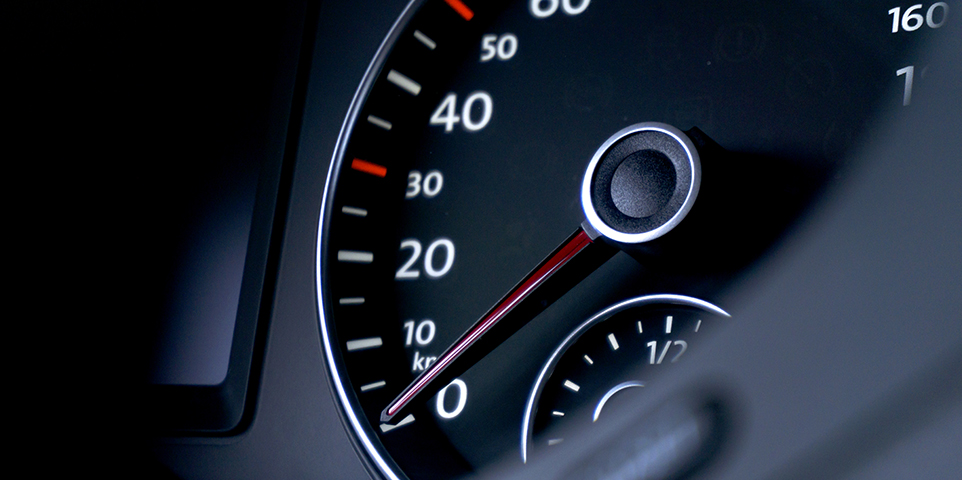MEMBERSHIP
AMPLIFY
EN ESPAÑOL
Connect With Us
- Popular search terms
- Automobile
- Home + Renters
- Claims
- Fraud
- Hurricane
- Popular Topics
- Automobile
- Home + Renters
- The Basics
- Disaster + Preparation
- Life Insurance

Telematics is the technology insurers can use to fine tune your risk profile and tailor auto insurance rates based on your driving habits. Policies involving telematics are also referred to as usage-based insurance (UBI) because it captures and evaluates how you use your car. The factors tracked vary, but can include driving habits, mileage, weather, road conditions, and even when you drive. Data-collection mechanisms, including smartphone apps and plugged-in or hard-wired devices, can be used to monitor driver behavior. However, participating in a telematics program is voluntary.
Whether UBI programs might be a suitable option for lowering your premiums depends on your driving and which driver behaviors your insurer monitors. Indeed, telematics programs give drivers a financial incentive to drive less and to drive more carefully. The more positively drivers react to the incentive, the less they pay for their insurance. With commercial programs, the fleet owner benefits through lower premiums.
Distracted driving in the United States rose more than 30 percent from February 2020 to February 2022, as the coronavirus pandemic has upended driving patterns, according to a report by telematics service provider Cambridge Mobile Telematics (CMT). This trend comes despite improvements in other dangerous behaviors, like speeding, which has declined as traffic returned since the early phases of the pandemic.
Drivers in January 2022 averaged 1:35 seconds of phone distraction per hour, a high for the past three years. Additionally, in February 2022, this figure increased to 1:38 seconds – a 25.5 percent increase from February 2019 and a 30.3 percent rise from February 2020, the last month of pre-pandemic driving.
About 93 percent of drivers in the AAA 2021 Traffic Safety Culture Index survey realize that cell phone use while driving is “very or extremely” dangerous. Yet, the National Highway Traffic Safety Administration (NHTSA) attributes the behavior to 410 fatal crashes every year.
Additionally, evening and late-night distracted driving has dramatically increased compared to pre-pandemic levels, with evening distraction ballooning to almost 35 percent from February 2020 to April 2020. Late-night distraction has become even worse, with 40 percent of drivers in the same period. This trend has remained high, with the average time distracted standing at 1:29 seconds per hour by February 2022 for late-night driving.
Since 2020, total phone screen interaction time has risen by over 10 percent every year, according to a 2023 report by CMT. As of 2022, phone screen interaction time ballooned more than 23 percent, to 2:12 of every driving hour. Trips with phone screen interaction hit 58 percent in 2022, a nearly 8 percent increase over 2020.
Calculating auto insurance premiums using the number of miles driven and a driver’s safety record is standard for traditional policies. Insurers generally ask drivers to estimate the miles they drive each year when they apply for a policy – and periodically after that for as long as they remain insured by the same company. However, many drivers can underestimate their mileage, and some might overestimate it. The same potential for error applies to safe driving behavior.
In contrast, telematics continuously monitors mileage, driving behavior, and other driving factors. This more reliable information helps insurers more accurately gauge risk, set rates at policy initiation and renewal, and do a better job of customizing insurance products to specific consumer profiles.
Telematics technology provides immediate feedback that can help change bad habits or encourage good ones. Simple data about distances driven, frequency of operation, braking and acceleration, and other driving patterns can build awareness of the connection between driving behavior and insurance rates.
According to a 2022 study by the Insurance Research Council (IRC) focused on public perception and use of telematics, 45 percent of drivers surveyed said they made significant safety-related changes in the way they drove after participating in a telematics program. An additional 35 percent said they made small changes in how they drive.
Although many individuals who made small or significant changes ultimately return to previous driving habits, one in four participants reported that they consider the changes made to be permanent, with an additional 19 percent saying they engaged in previous driving habits only rarely.
For the insurer, savings from better driving can offset technology costs and any telematics-based discounts. Insurers must also manage regulatory requirements in the states where they do business. Many states require insurers to obtain approval for new rating plans, the premiums a policyholder pays based on their risk profile. Rate filings, which are rates that insurers utilize to calculate premiums charged for their customers, usually must include statistical data that supports the proposed rating structure.
Tracking mileage and driver behavior in UBI programs also has raised privacy concerns. As a result, some states have enacted legislation requiring disclosure of tracking practices and devices. Some insurers also limit the data they collect.